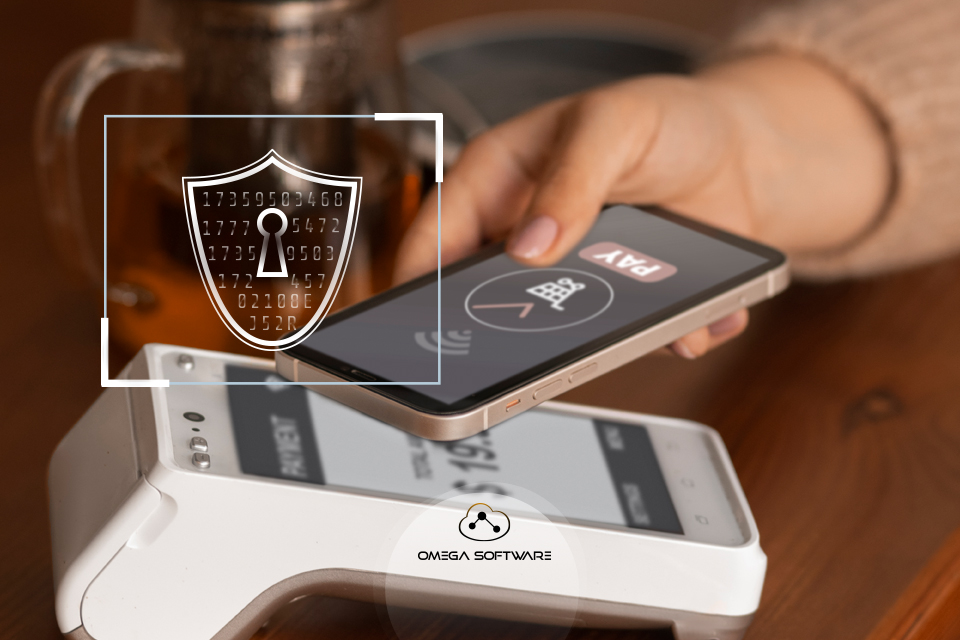In today’s digital landscape, where customer data is a valuable asset, businesses must prioritize security, especially when it comes to Point of Sale (POS) systems. A compromised POS system can lead to data breaches, loss of customer trust, and significant financial consequences. Therefore, ensuring the security of your POS system is not just an IT concern but a vital aspect of your overall business strategy.
Here’s a concise guide on POS security best practices to help protect customer data.
Why POS Security is Important?
POS systems handle sensitive customer data, including payment information, which makes them a prime target for cybercriminals. By implementing robust POS security practices, businesses can safeguard against data breaches, fraud, and other malicious activities.
Key POS Security Best Practices
1. Regular Software Updates
– Keep your POS software up to date to protect against the latest security vulnerabilities.
– Enable automatic updates to ensure you’re always running the most secure version of the software.
2. Use Strong Passwords and Multi-Factor Authentication (MFA)
– Create strong, unique passwords for each user account associated with your POS system.
– Implement Multi-Factor Authentication (MFA) for an additional layer of security, making it harder for unauthorized users to gain access.
3. Encrypt Customer Data
– Ensure all customer data transmitted through the POS system is encrypted, both in transit and at rest.
– Use end-to-end encryption to protect data from the moment it is entered until it reaches the payment processor.
4. Secure Your Network
– Use a dedicated, secure network for your POS system separate from your public Wi-Fi.
– Implement a firewall to monitor and control incoming and outgoing network traffic.
5. Regularly Monitor and Audit POS Activities
– Set up alerts for unusual activities such as multiple failed login attempts or unauthorized transactions.
– Conduct regular audits and reviews of POS activity logs to identify potential security breaches early.
6. Employee Training and Awareness
– Train your staff on the importance of POS security and how to spot potential threats like phishing attacks.
– Encourage employees to report suspicious activity immediately.
7. Limit Access to the POS System
– Only allow access to the POS system for authorized personnel who need it for their role.
– Use role-based access controls to minimize the risk of internal breaches.
8. Install Anti-Malware and Anti-Virus Software
– Protect your POS system with reliable anti-malware and anti-virus software.
– Schedule regular scans to detect and remove any malicious software that could compromise your system.
9. Use Secure POS Hardware
– Invest in high-quality, secure POS hardware that comes with built-in security features.
– Regularly inspect POS hardware for signs of tampering or damage that could indicate a security breach.
10.Backup Data Regularly
– Implement a regular backup schedule to ensure that critical data is not lost in the event of a breach or system failure.
– Store backups securely, preferably off-site or in a cloud-based solution, to prevent loss due to local disasters.
Conclusion: Safeguard Customer Data with Robust POS Security
Implementing these security best practices is essential to protect sensitive customer data and maintain their trust. By regularly updating software, encrypting data, securing networks, training staff, and investing in secure hardware, businesses can significantly reduce the risk of a data breach.
Ensuring robust POS security is not only about safeguarding information but also about upholding your business’s reputation and customer loyalty. Start strengthening your security today to keep your business and customers safe from potential threats.

